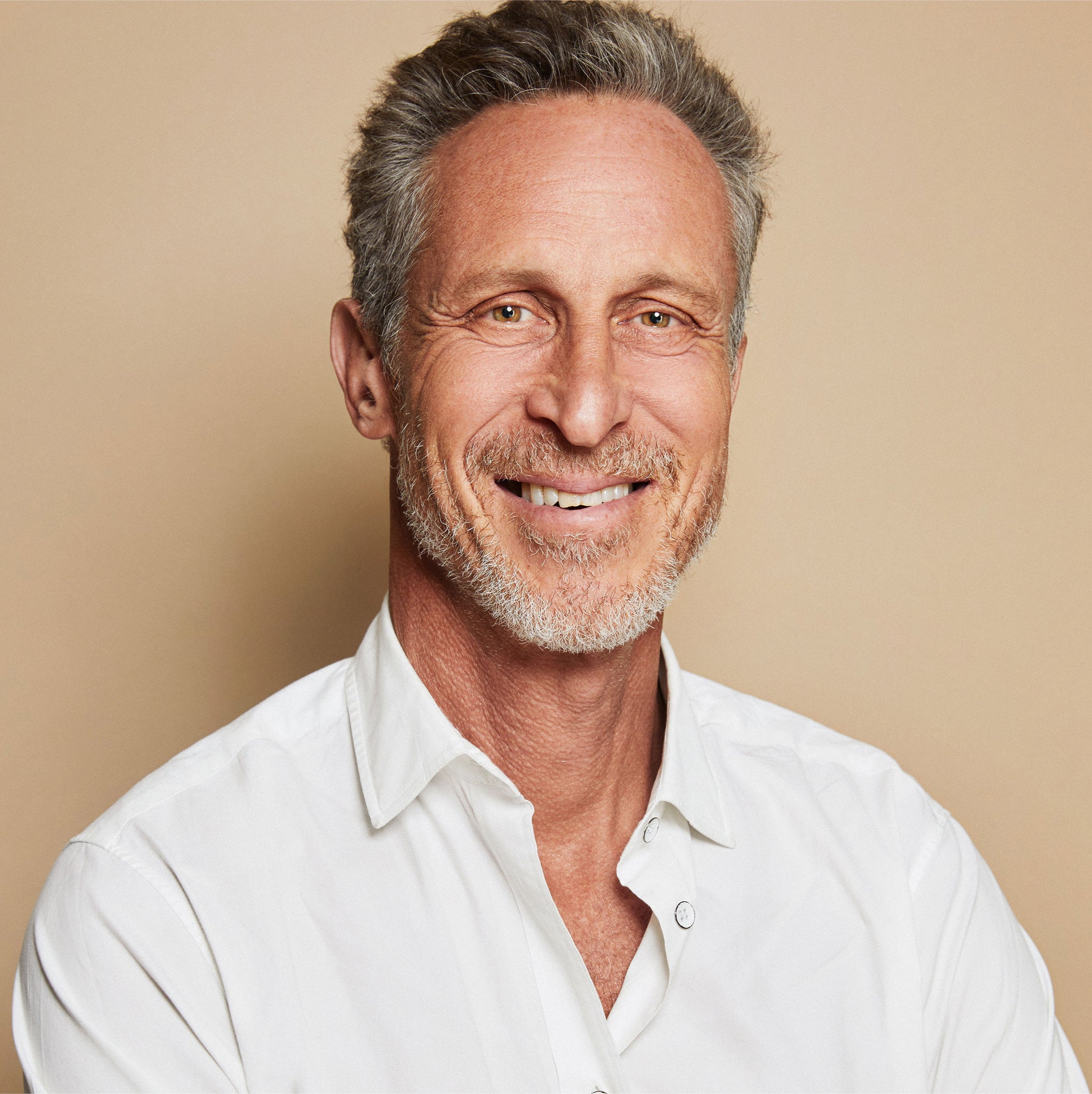Overview
Fish is one of the most nutritious food sources on the planet, especially when it comes to protein. But I’m usually scared to eat it.
That’s because some seafood is at risk for toxicity that can harm our health, not to mention certain aquaculture methods are contributing to declining populations and even the acidification of our oceans. It’s not all bad, but it is complex.
There are several important things we should think about in order to reap the health benefits from fish and act as environmental stewards at the same time.
To better understand seafood I sat down to talk with Paul Greenberg for this week’s episode of The Doctor’s Farmacy.
Paul shares his expertise on fishing and aquaculture and breaks down the most important aspects to think about for health and environmental safety. To keep our oceans vital we need to support the entire food chain—the little fish are the ones that can pass nutrients from plankton onto the big fish we want to eat. Without balance, every part of the chain suffers.
And there are many reasons fish populations are in danger. Monoculture is leading to dead zones; coastal fish farms leak nitrogen, antibiotics, and other toxins into the oceans; zooplankton that feeds the smallest fish in the food chain is suffering the most from increased carbon levels.
But this doesn’t mean we can’t still enjoy fish responsibly. Paul and I talk about the best resources for eating clean seafood and why certain things, like farmed salmon, are less nutritious than wild-caught.
I hope you’ll tune in to learn more about enjoying fish more consciously.
You can watch Paul’s TED talk right here.











